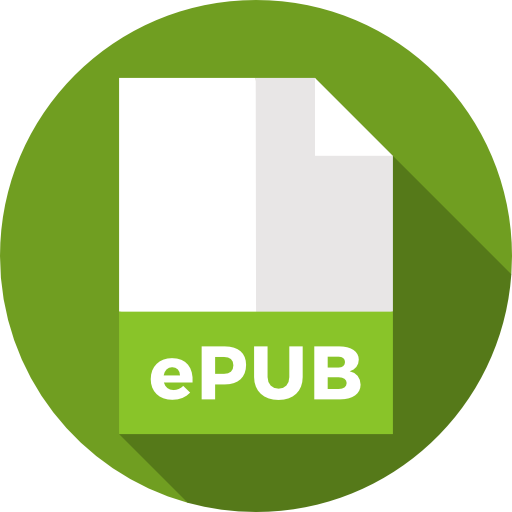
An International Publisher for Academic and Scientific Journals
Author Login
Scholars Journal of Engineering and Technology | Volume-13 | Issue-07
Development of Engineered Metal Oxide Nanocomposites with Enhanced Photocatalytic Activity for the Efficient Removal of Organic Pollutants in Waste Water Treatment
Aisha Tariq, Fawad Ali, Muhammad Imran, Nayab Javed, Waseem Akram, Muhammad Hammad Zaman, Muhammad Yousaf Raza Taseer, Abul Hassan Khan
Published: July 29, 2025 |
113
77
Pages: 569-584
Downloads
Abstract
Synthetic dyes and pharmaceuticals which are classified under persistent organic pollutants (POPs) in wastewater are a huge source of concern not only because of their serious environmental and health effects but also because they are generally difficult to remove by using conventional treatment techniques. Although the semiconductor photocatalysis proposes an excellent solution, the available metal oxide photocatalyst such as TiO2 and ZnO have the disadvantage of having a restricted ability of absorption of visible light along with fast charge recombination, which limits their practical application. In the current research work, it has overcome these shortfalls and developed doped metal oxide nanocomposites to augment photocatalytic activity to the solar irradiations. The main aim was to (1) synthesize Ag-, Fe-, and Zn-doped TiO 2 and ZnO nanocomposites using sol-gel and hydrothermal processes, (2) assess their efficiency in the degradation of methylene blue, rhodamine B, and drug residues, and (3) rationalize structure-activity relationship by using advanced characterization. The nanocomposites were characterized in batch reactors and tested under the visible light irradiation (500 W halogen lamp), and the results of degradation kinetics were tracked with the help of UV-Vis spectroscopy. According to the statistical analysis (ANOVA, LSD post-hoc), the degradation efficiency of Fe-doped ZnO reached the maximum (82.14+-2.3%, *p* < 0.001) followed by Ag-TiO 2 (80.12+-2.1%), which is strikingly higher than undoped oxides (~51%). The model multiple linear regression estimated the effectiveness of catalyst dosage was negatively affected (= -45.67, p* = 0.083), whereas the pH and the intensity of light had insignificant impacts. Doped composites proved to be better and this was confirmed by Kruskal Wallis test, (H = 32.7, *p* < 0.001). This shows that visible-light activity and the effect on charge separation could be increased with strategic doping leading to effective


